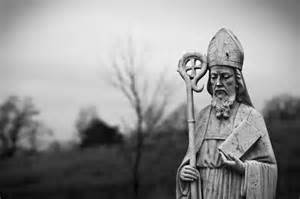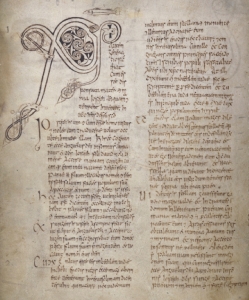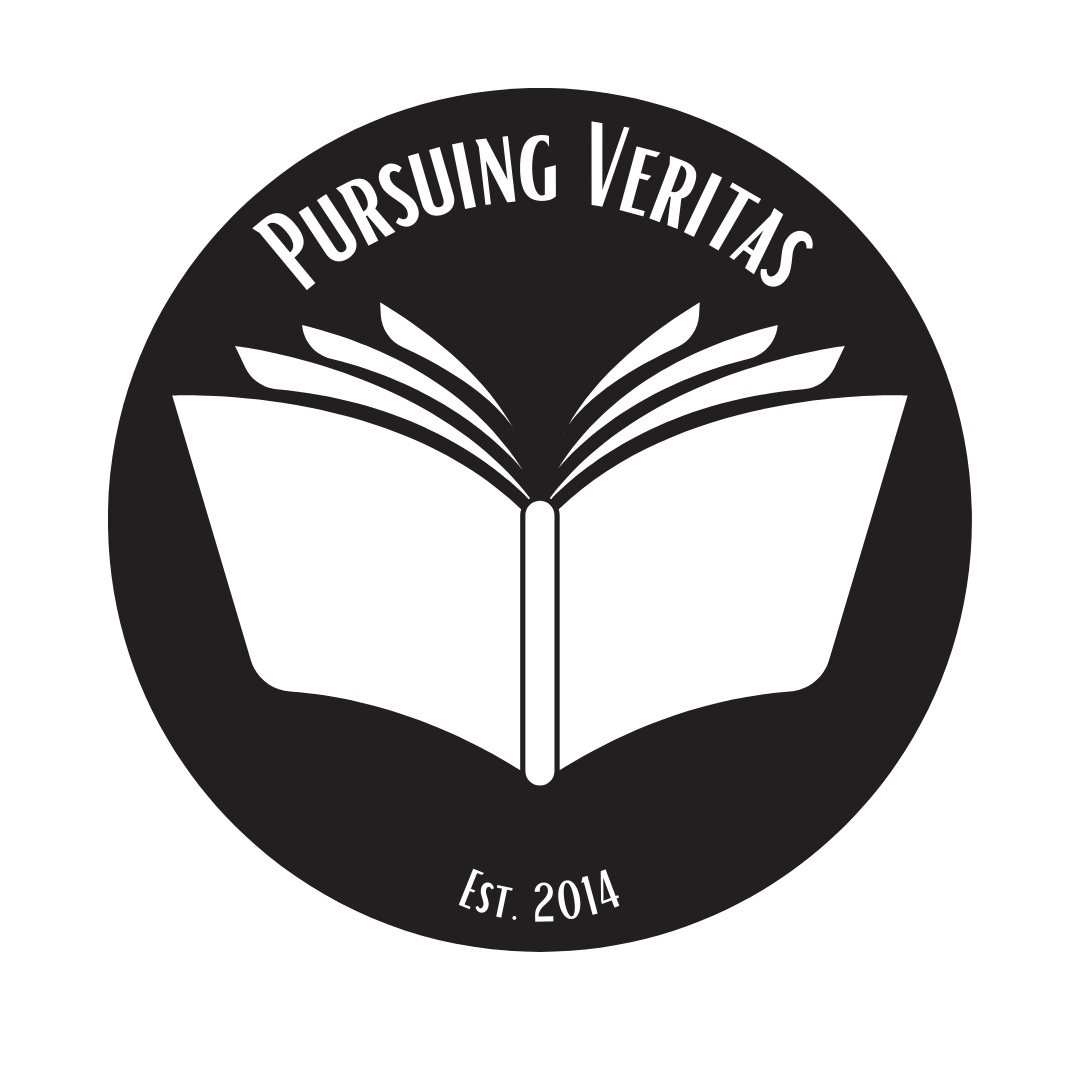This post is part of an ongoing series on the Scriptures of Saint Patrick of Ireland.
 This (lengthy) study has argued that a contextualized approach to the historical Patrick requires extensive study of his Biblical text. To these ends this study has examined the context, influence, and shape of the Biblical text in Patrick’s Confessio.
This (lengthy) study has argued that a contextualized approach to the historical Patrick requires extensive study of his Biblical text. To these ends this study has examined the context, influence, and shape of the Biblical text in Patrick’s Confessio.
In the first section of this series, I contextualized this study by examining the historical Patrick. Through consideration of the major arguments surrounding the person, life, and writings of the Irish saint, I argued for the following reconstruction: That Patrick was born in Roman Britain to a Christian family and around age sixteen was kidnapped and taken to Ireland. After six years he escaped, only to later return as missionary bishop and become the effective founder of the Irish Church. A deeply spiritual man, Patrick experienced numerous revelatory experiences and visions from God throughout the course of his life. In answer to the oft debated questions concerning Patrick’s chronology and geography, I argued it likely that Patrick lived c. 390-461 CE and was trained in Gaul before returning to Ireland. Additionally, I found that only two of Patrick’s authentic works remain extant, the Epistola ad milites Corotici and Confessio. Thus, this study found that there was one historical Patrick who lived in Britain, Ireland, and Gaul until the mid-fifth century.

Next, I examined the scriptural universe of Patrick and its influence on his theology and writing. Especially important for this portion of my paper were recognitions surrounding the liturgical quality of the early medieval Bible, the lack of single-volume complete Bibles, and the existence of two different Latin Bible translations, the Vetus Latina and Jerome’s Vulgate, which were often mixed in medieval manuscripts. Amid this context, Patrick demonstrates a remarkably dynamic scriptural consciousness, through which he relies on the biblical text as the source of his structure, arguments, and as the foundation (coordinated with revelatory experiences of God) of his theology. Vital to this process are the Gospels, Pauline Epistles, and Psalter, though Patrick employed and had access to many of the writings in the Christian canon. He also was influenced by the writings of several Church Fathers, most notably Augustine’s Confessions. Thus, this paper demonstrated that Patrick employed the Biblical text as the central locus of his theological thought.
Finally, the third portion of this study considered the form of the Biblical text available to Patrick through a comparison of scripture citations in the Confessio with extant editions of the Latin Bible. I will avoid rehashing in detail the findings of this section. However, two major conclusions are worth noting: first, that Patrick employed a mixed version of the Latin text, one that contained Vetus Latina, Vulgate, and mixed readings of the Biblical text. This was especially evident through my examination of his quotation of the Great Commission found in Confessio 40. Second, this project revealed the need for further text-critical research considering the manuscript evidence for traditions behind Patrick’s Biblical text. Thus this section confirms the third corollary argument of this paper, that Patrick had access to several different types of Latin manuscript, not just a Vetus Latina or Vulgate pandect of the Biblical text.
These conclusions in hand, I can think of no better way to end this study than with the prayer of Patrick recorded in Confessio 60:
The sun which we see rising for us each day at his command, that sun will never reign nor will its splendour continue forever; and all those who adore that sun will come to a bad, miserable penalty. We, however, believe in and adore the true sun, that is, Christ, who will never perish. Nor will they perish who do his will but they will abide forever just as Christ will abide forever. He lives with God the Father almighty and with the Holy Spirit before the ages began, and now, and for all the ages of ages. Amen.[1]
[1] Pádraig McCarthy. My Name is Patrick: St Patrick’s Confessio. Dublin: Royal Irish Academy, 2011. Accessed online at www.confessio.ie.

Leave a comment